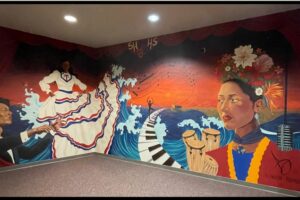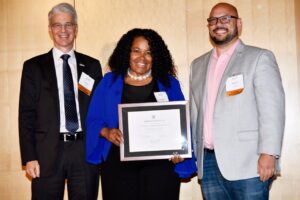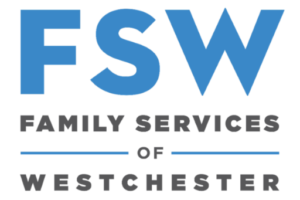Massive construction, budget worries, school diversity, the march of technology, sustainability concerns. Being a school superintendent means dealing with a host of issues.
 As the new school year ramps up, we caught up with the area’s two Superintendents, Dr. Kathleen Matusiak of the Irvington Union Free School District, and Dr. Howard Smith of the Public Schools of the Tarrytowns, to ask them to gaze into their crystal balls and give us a peek at what lies in store for their respective districts.
As the new school year ramps up, we caught up with the area’s two Superintendents, Dr. Kathleen Matusiak of the Irvington Union Free School District, and Dr. Howard Smith of the Public Schools of the Tarrytowns, to ask them to gaze into their crystal balls and give us a peek at what lies in store for their respective districts.
Q: What is one thing you’re looking forward to more than anything else this school year?
Dr. Howard Smith: I probably have to say being done with construction. This is the year where we will pretty much complete construction activity both at the Middle School/High School and also work that we’ve taken on at Washington Irving. We have all new science labs. Instead of one eating area that we had to juggle, the middle school and high school will have their own separate eating areas. Instead of one gym that had to be shared, we’ll have two gyms. A brand new auditorium, new music facilities, new art rooms. When we’re done, everybody will be able to say things are better than they were as it relates to their particular area.
Q: Has one goal of the construction been to better separate the middle school from high school?
Smith: Yes. That was a clear goal from the beginning. Really we wanted to create a much more distinct middle school environment for our kids. I think the layout will allow that to happen.
Q: What, if any, big changes are occurring in your district this year?
Smith: Certainly the construction. It’s sort of a building block, it enables certain things to happen. In and of themselves the rooms don’t teach the kids, the teachers teach the kids, but it gives us the capacity to do some things that we weren’t doing.
The other thing we’re trying to do is to ramp up our capacity to use electronic means whenever possible to create more opportunities for back and forth communication. One thing we hope to be able to do is start to create a portal on our website so parents can get on, click, and see how their children are doing in certain respects, check on their performance, and then, if there are questions, engage in a dialogue through email with the teacher.
Q: What is the biggest challenge facing your district this year?
Smith: Making sure we provide a balance in programs and services relative to the really wide-ranging needs of our students. We have students who come from very enriched backgrounds and have had a lot of experiences and come to public school expecting that we’ll take them even further. And we also have a number of students who are new not just to the district but to the country and who are coming in not just learning a new language but also trying to catch up, skill-wise. So that incredible range that we have continues to be the biggest challenge of our district as far as trying to make sure that we allocate resources in ways that are responsive to those needs and don’t leave one segment of the population or another underserved.
Q: What are you doing, if anything, to integrate Sustainability Education into the curriculum?
Smith: We are participating in the regional development of a Sustainability Curriculum at the 7th and 8th grade levels, which we will be implementing this year. So we’re trying to bring it in a very purposeful way and integrate it into our curriculum, not treat it as a tack-on kind of thing. It’d be philosophically incompatible with the notion of sustainability if we couldn’t find a way to infuse it into the program overall.
Q: What place does Technology have in your classrooms?
Smith: That’s a real point of pride for the district. The most exciting thing we’ve been doing the last couple years involves the instillation of SmartBoards in the classrooms. We were among the first to get them into the elementary level, we have 100% saturation there and we’re almost there at the secondary level. What’s exciting about that is it creates a window in every classroom to the entire global environment.
Q: One last question. Do you have any advice for parents at the start of the school year?
Smith: Showing interest in what their children are doing in the classroom and in school. And try not to accept the answer to the classic question, “What did you do in school today?” “Nothing.” Don’t accept that. Without nagging, kids don’t like nagging, but getting kids in the habit of understanding that they can’t get away with a pat answer like that.






